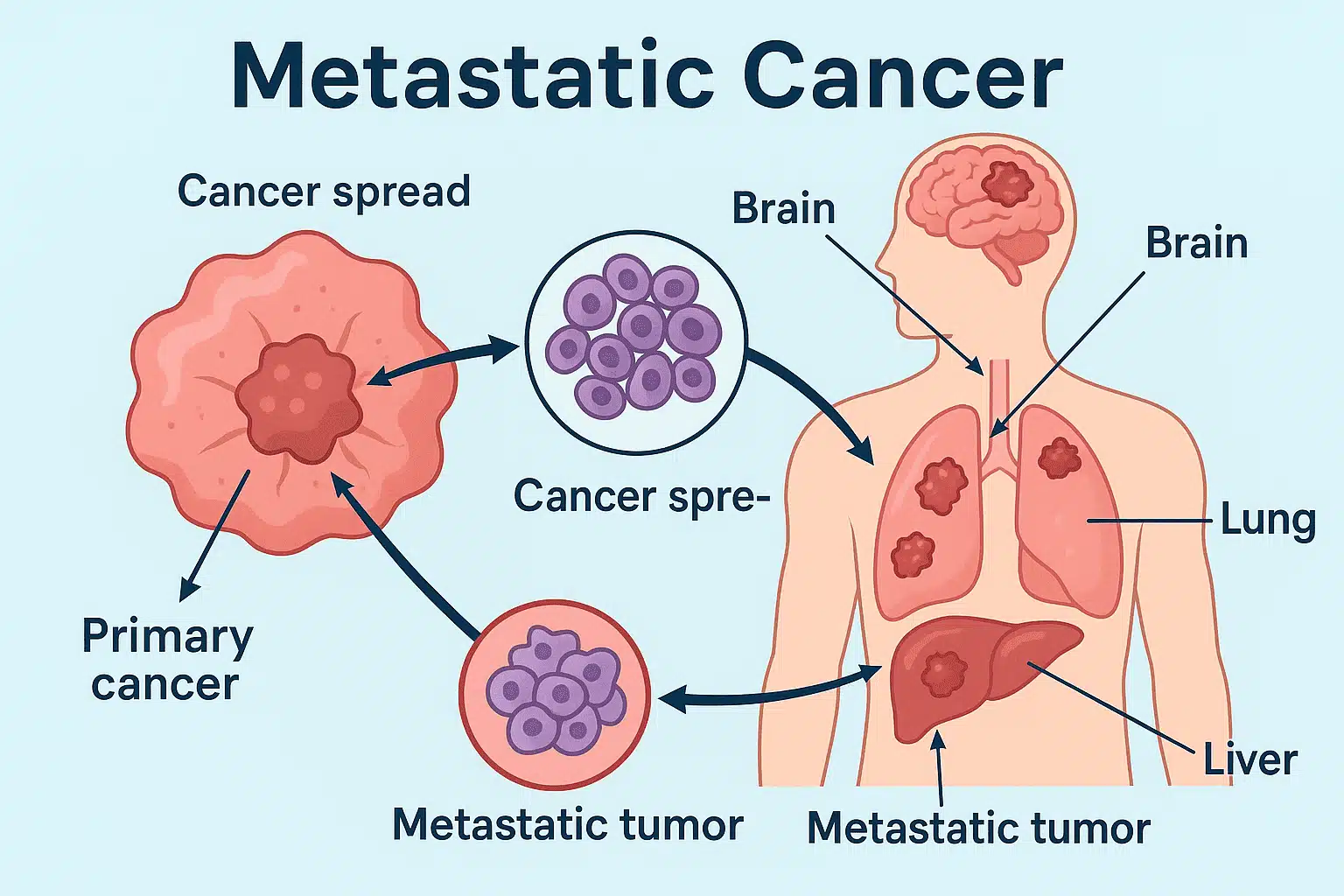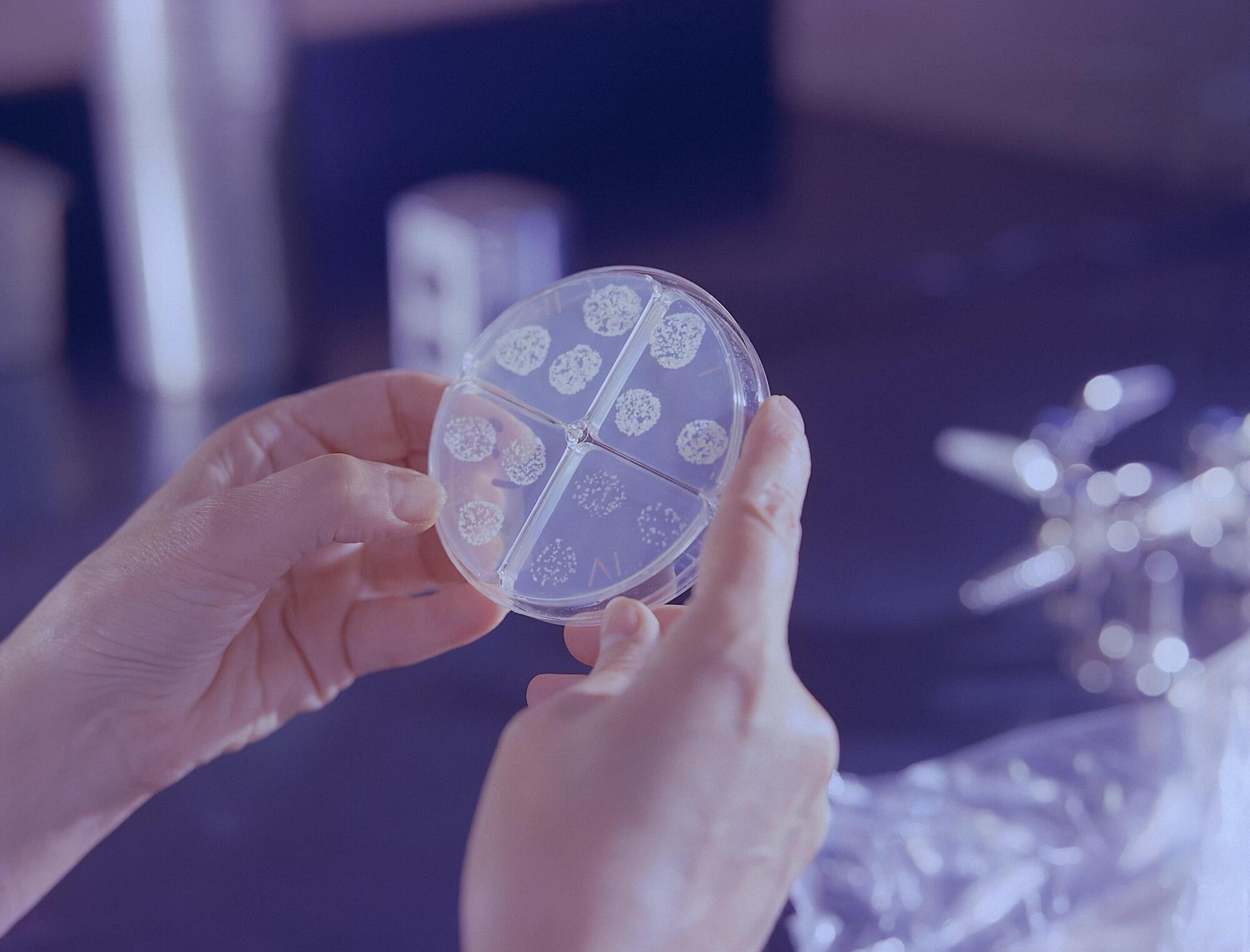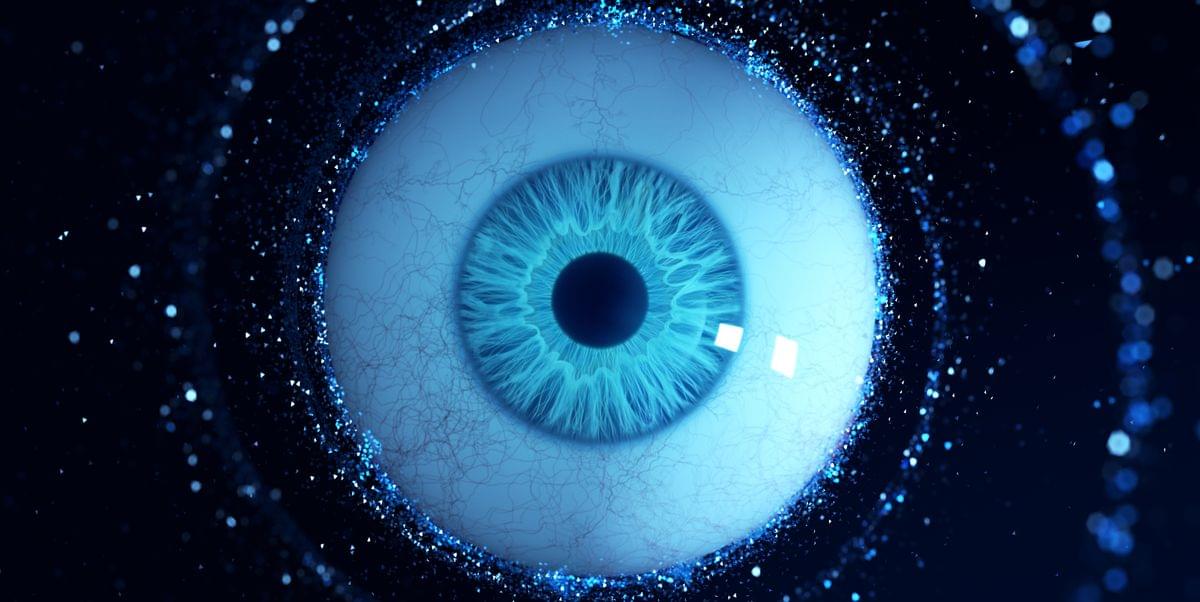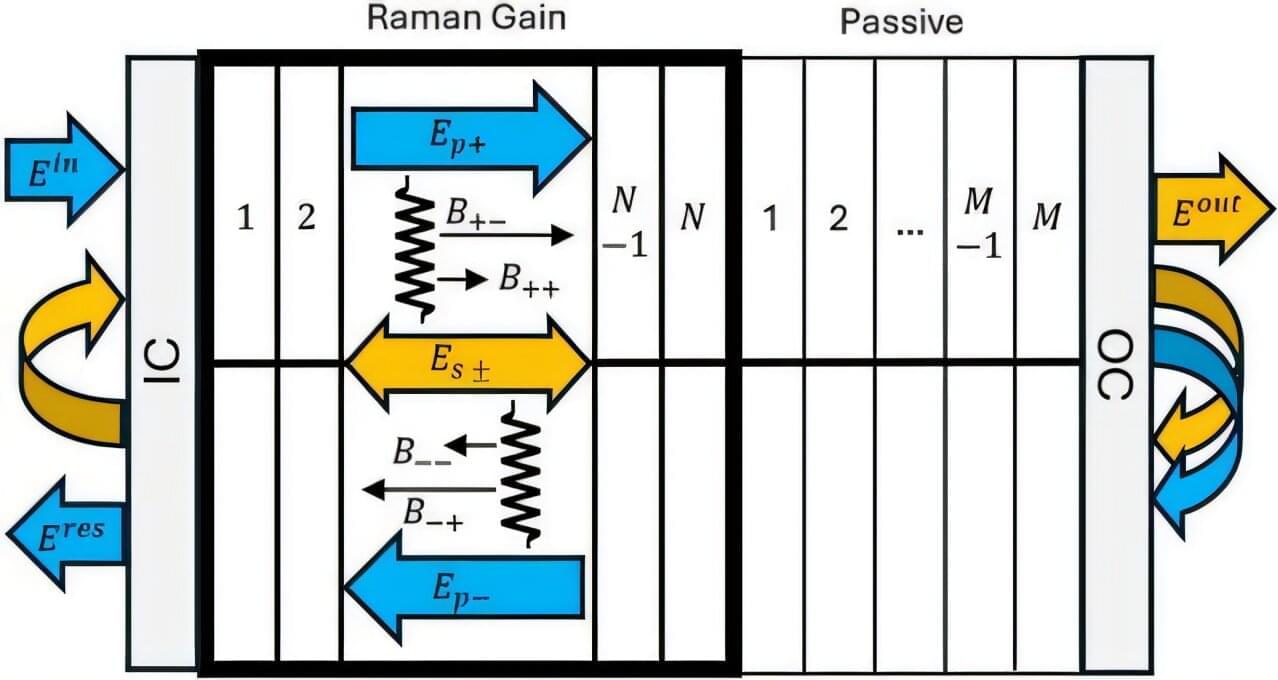A new study reveals that close friendships can synchronize brain activity and influence decision-making, particularly in consumer behavior.




Some patients with highly drug-resistant tuberculosis could benefit from a shorter treatment with fewer drugs, while others may warrant more aggressive therapy, according to the findings of a new study led by an international group of researchers, including scientists from Harvard Medical School, and conducted across six countries in Asia, Africa, and South America.
The study is the first-ever clinical trial to focus exclusively on people with pre-extensively drug-resistant tuberculosis (pre-XDR-TB), a hard-to-treat form of the disease that is more challenging to cure than multi-drug resistant TB but not as extremely impervious to medicines as the most dreaded form of the infection known as extensively drug-resistant TB.
Pre-XDR-TB is resistant to rifampin—the most potent first-line drug used against TB—and fluoroquinolone, which thus far has been the most potent second-line TB drug.




Michael Graziano is a scientist and novelist who is currently a Professor of Psychology and Neuroscience at Princeton University. He’s a best-selling author and has written several books including “Consciousness and the Social Brain”, “Re-thinking Consciousness”, “The Spaces Between Us”, and much more. His scientific research at Graziano Lab focuses on the brain basis of awareness. He has proposed the “attention schema theory” (AST), an explanation of how, and for what adaptive advantage, brains attribute the property of awareness to themselves.
TIMESTAMPS:
0:00 — Introduction.
2:12 — Meet Dr Michael Graziano: The Consciousness Theorist.
6:44 — What Is Consciousness? A Deep Dive.
11:35 — The Illusion of Consciousness.
15:20 — Attention Schema Theory.
20:05 — Mystery of Self-Awareness and the ‘I’
25:10 — The Hard Problem vs. the Meta Problem of Consciousness.
30:55 — Social Awareness & Dehumanization.
34:20 — Effect of Social Media on Human Interaction.
38:05 — Role of Attention in Machine Consciousness.
41:55 — Creating an AI Mind: Step by Step Guide.
47:30 — Exploring the Building Blocks of Artificial Consciousness.
51:15 — AI Self-Perception: Can Machines Be Conscious?
56:10 — Challenging the Magical vs. Scientific View of Consciousness.
1:00:40 — Consciousness: A Choice Between Magic and Science?
1:05:12 — Attention in Machine Learning: A Closer Look.
1:10:55 — The Psychology of Human Perception.
1:14:20 — Social Awareness and the Digital Revolution.
1:18:35 — Conclusion.
EPISODE LINKS:
Michael’s Website: https://grazianolab.princeton.edu/
Michael’s Books: https://tinyurl.com/2eufd62r.
TED-ed \


Macquarie University researchers have demonstrated a technique to dramatically narrow the linewidth of a laser beam by a factor of over ten thousand—a discovery that could revolutionize quantum computing, atomic clocks and gravitational wave detection.
In research published in APL Photonics, the team described using diamond crystals and the Raman effect—where laser light stimulates vibrations in materials and then scatters off those vibrations—to narrow the linewidth of laser beams by factors exceeding 10,000.
Laser linewidth measures how precisely a beam of light maintains its frequency and color purity. The narrower the linewidth, the more monochromatic and spectrally pure the laser. The team’s theoretical predictions suggest even greater improvements are possible with the method they have developed.